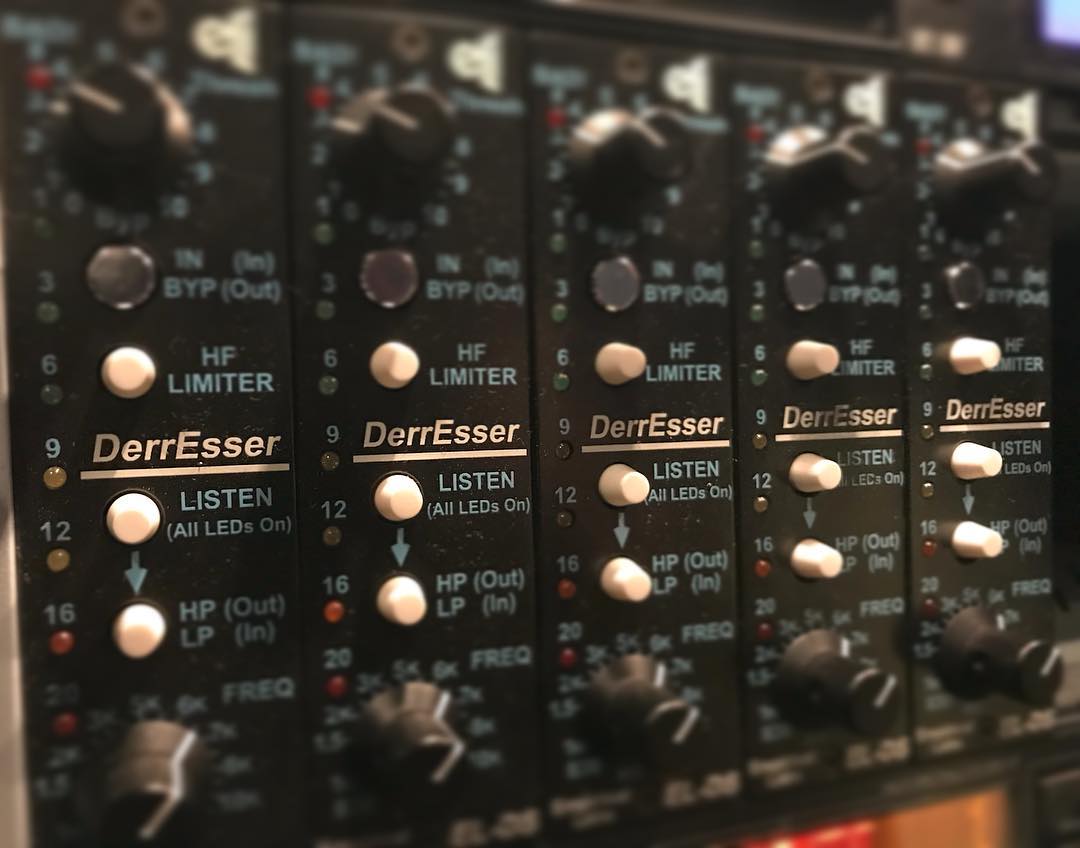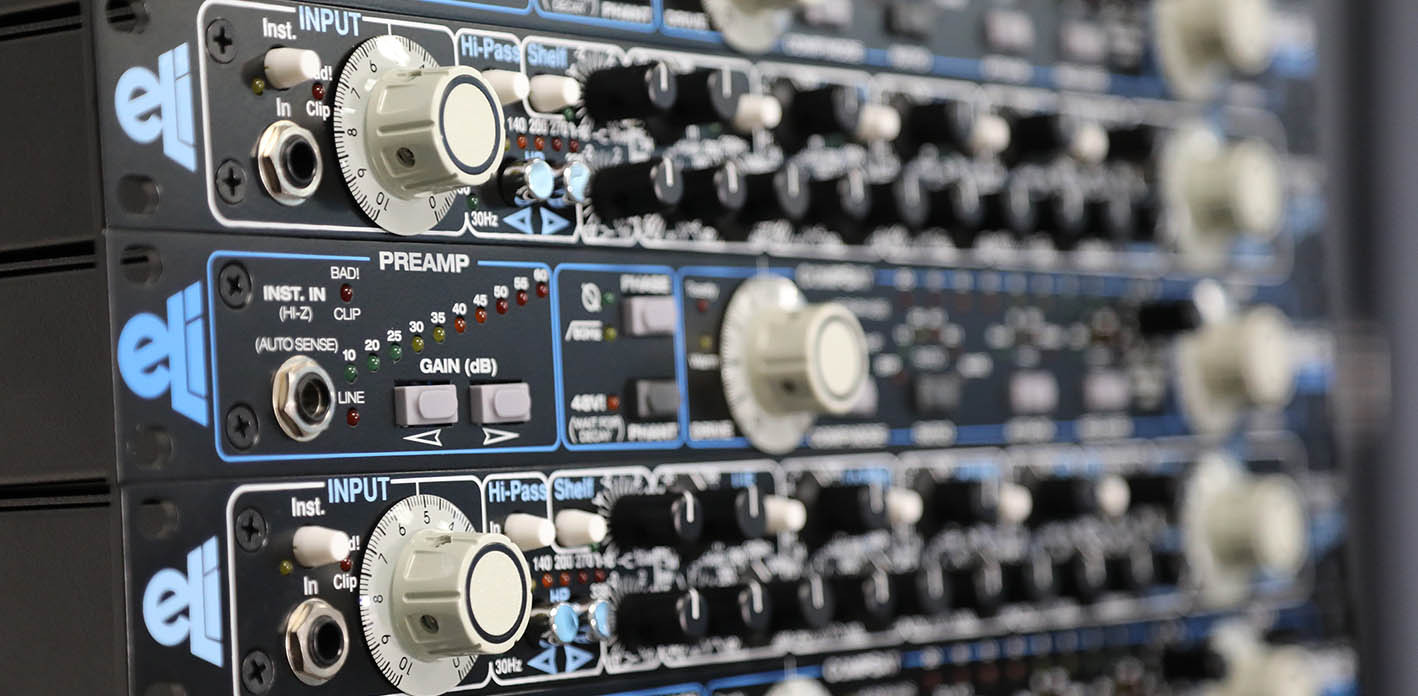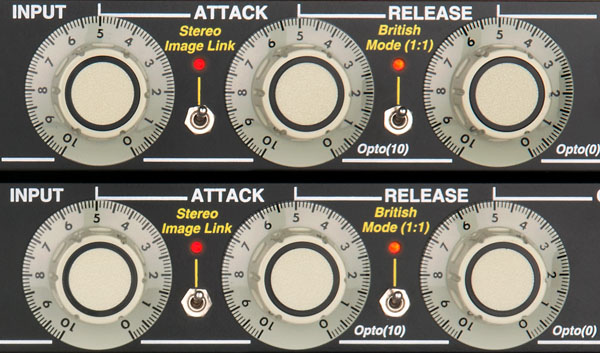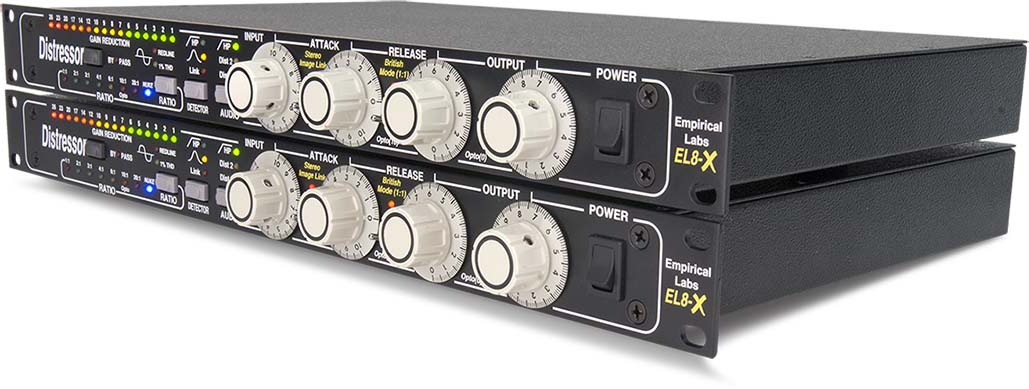Check your Activation
If you are getting any kind of authorization or validation errors either when you try to launch your DAW or use the Arousor, make sure the Arousor is properly activated to your iLok generation 2 or higher USB dongle and it is plugged into your computer. The Arousor will not operate without it. This also includes the trial. See the activation guide on the downloads page for more information
Update iLok License Manager
Go to https://www.ilok.com/#!license-manager to download the latest version of iLok License Manager. Make sure you restart your computer after it is installed.
Test the Arousor on another DAW/Format
If possible, try testing another format of the plugin. There is a VST2, VST3, AU, and AAX version of the Arousor installed to your system. If you have a second DAW like GarageBand, try opening the Arousor on it. If it works in another application there may be a problem with Pro Tools’ preferences or plug-in cache.
Reinstall the Arousor
Since there is no official Arousor reinstaller, you must delete the Arousor from the Plug-ins folder manually and then reinstall it.
- Close Pro Tools and launch Finder.
- Click Go (at the top of the screen) and select Go to Folder… or press Command + Shift + G
- Enter /Library/Application Support/Avid/Audio/Plug-Ins and click Go.
- Select Arousor.aaxplugin and delete it either by clicking and dragging it to the Trash or right clicking it and selecting Move to Trash. Enter your password if prompted.
- Restart your computer.
- Open Pro Tools so it recognizes that the plug-in is gone and then close Pro Tools.
- Download the Arousor installer from https://empiricallabs.com/downloads.html and reinstall the Arousor.
You may need to restart your computer again before opening Pro Tools again.
If issues persist you may need to delete Pro Tools Preferences and clear the Installed Plug-in Cache.
Delete Pro Tools Preferences
Deleting the Pro Tools files detailed below will reset Pro Tools. Before deleting any of the files as instructed below, copy them into a new folder on your Desktop called “Pro Tools Workspace Backup” as detailed in the instructions below. Returning these files back to where they were or replacing a newly created set of preferences will return Pro Tools to its past state.
- Close Pro Tools and launch Finder.
- Click Go (at the top of the screen) and select Go to Folder… or press Command + Shift + G
- Enter ~/Library/Preferences/Avid and click Go.
- Back up the Pro Tools folder by moving it to the Desktop or right click it and select Compress “Pro Tools”. This is just in case you need to bring back your old settings.
- Once the Pro Tools folder is backed up, delete the Pro Tools Prefs and InstalledAAXPlugins files from the original Pro Tools folder by right clicking them and selecting Move to Trash
- Restart your computer and launch Pro Tools.
Pro Tools 12, 2018, and 2019 on Mac OS Sierra
If you are having authorization or validation errors appearing when you launch Pro Tools 12, 2018, or 2019 on Mac OS Sierra you may need to update your operating system to Mac OS High Sierra, but do not update to Mojave or Catalina. This error occurs when after iOS 13 is installed on to your computer to.



